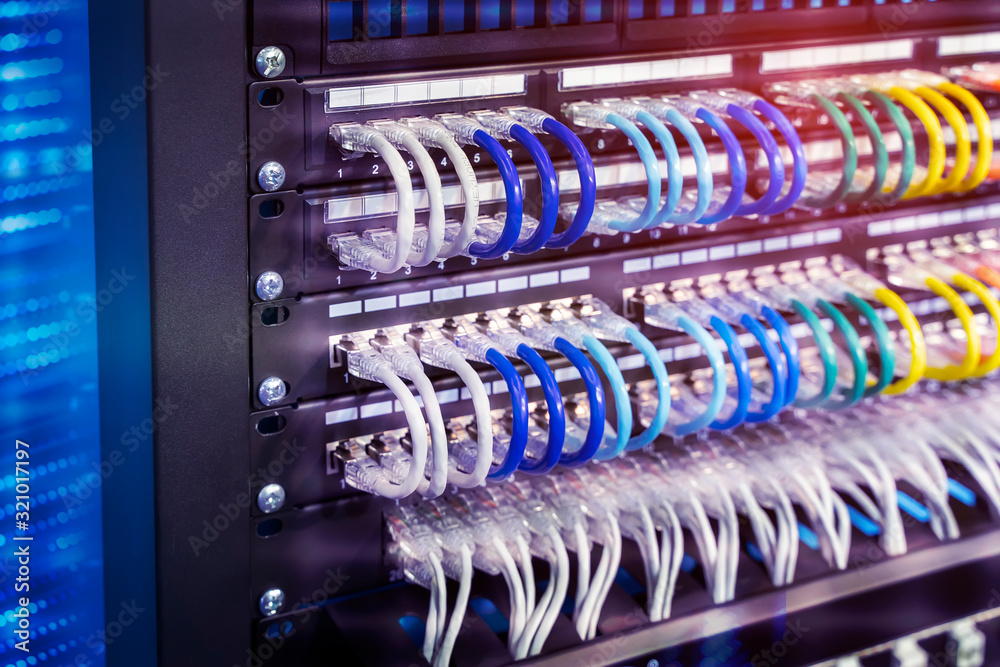In structured cabling systems, few components are as essential—or overlooked—as the patch panel. This simple piece of hardware is the unsung hero of organised, scalable, and efficient networks.
Whether you’re managing a new office build, data centre expansion, or upgrading existing infrastructure, selecting the right patch panel can make a big difference in your network’s performance and manageability.
At ATTAC-SA, we stock a range of patch panels designed to meet the needs of professional installers across copper and fibre installations. Here’s what you should know before choosing one.
What Is a Patch Panel?
A patch panel is a passive piece of equipment that houses and organises cable connections in a network. It provides a centralized location to terminate and manage multiple network cables—making it easier to maintain, upgrade, and troubleshoot your network over time.
Key Factors to Consider When Choosing a Patch Panel
1. Copper vs Fibre Patch Panels
Start by determining the type of cabling you’re working with:
- Copper Patch Panels are used for Ethernet networks (Cat5e, Cat6, Cat6a). These typically feature RJ45 ports.
- Fibre Patch Panels are used for high-speed fibre optic cabling and support connectors like LC, SC, or ST.
ATTAC-SA Tip: If you’re building a hybrid network, consider using a mix of both or a modular panel that supports copper and fibre in the same rack.
2. Port Count
Patch panels come in different configurations—typically 12, 24, 48, or more ports.
- Smaller networks (e.g. small offices or home networks) may only require 12–24 ports
- Larger enterprise setups often go for 48-port or multiple stacked panels
Choose a panel that supports your current needs and allows for future expansion.
3. Shielded vs Unshielded
- Shielded patch panels (STP) are used in environments with high electromagnetic interference (EMI)—such as near heavy machinery or in industrial settings.
- Unshielded patch panels (UTP) are suitable for typical office or indoor environments.
Always match the shielding type with your cabling. Mixing STP and UTP can lead to grounding issues.
4. Rack-Mount vs Wall-Mount
- Rack-mounted panels are ideal for structured data centres and server rooms
- Wall-mounted panels are used in smaller installations or where floor space is limited
Ensure compatibility with your current rack or enclosure system.
5. Labelling and Cable Management
A quality patch panel should offer:
- Clear labelling spaces for easy port identification
- Integrated or add-on cable management bars to keep connections neat and accessible
Neat installations are not only easier to maintain, but they also reduce the risk of signal interference and accidental disconnections.
Why It Matters
Choosing the wrong patch panel can lead to:
- Unnecessary rewiring or upgrades
- Messy, hard-to-manage racks
- Inconsistent performance or compatibility issues
A well-chosen patch panel makes installations faster, easier to scale, and more professional-looking—saving time and money in the long run.
Let ATTAC-SA Help You Build It Right
We offer a variety of high-performance patch panels—both copper and fibre—to meet your project requirements. Our team can help you choose the best solution based on:
- Network size and speed
- Environment and EMI levels
- Rack space and accessibility
- Future-proofing needs
We also supply related accessories like keystone jacks, cable management arms, RJ45 connectors, and racks.
Visit us at Unit 28, Graphite Industrial Park, Randburg, Johannesburg
Contact us today to request a quote or get advice on the right panel for your next installation.



